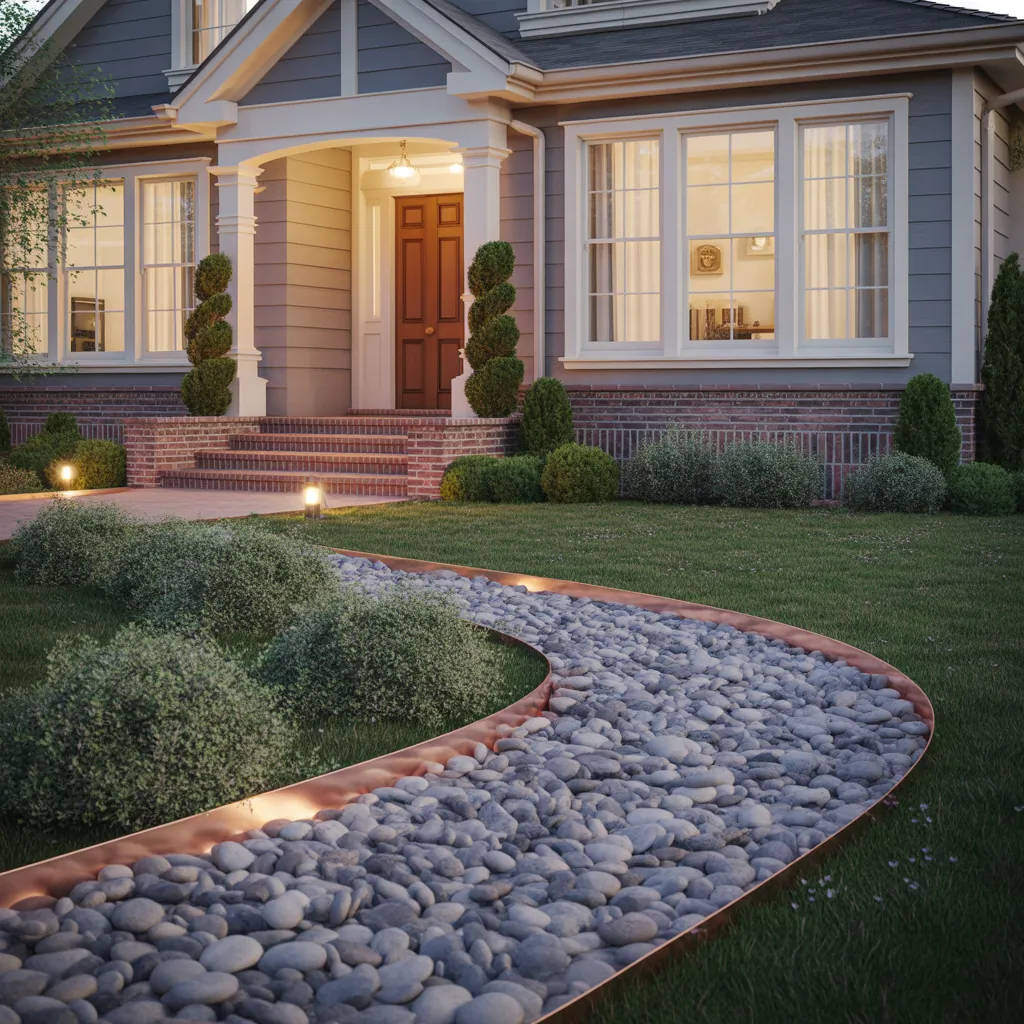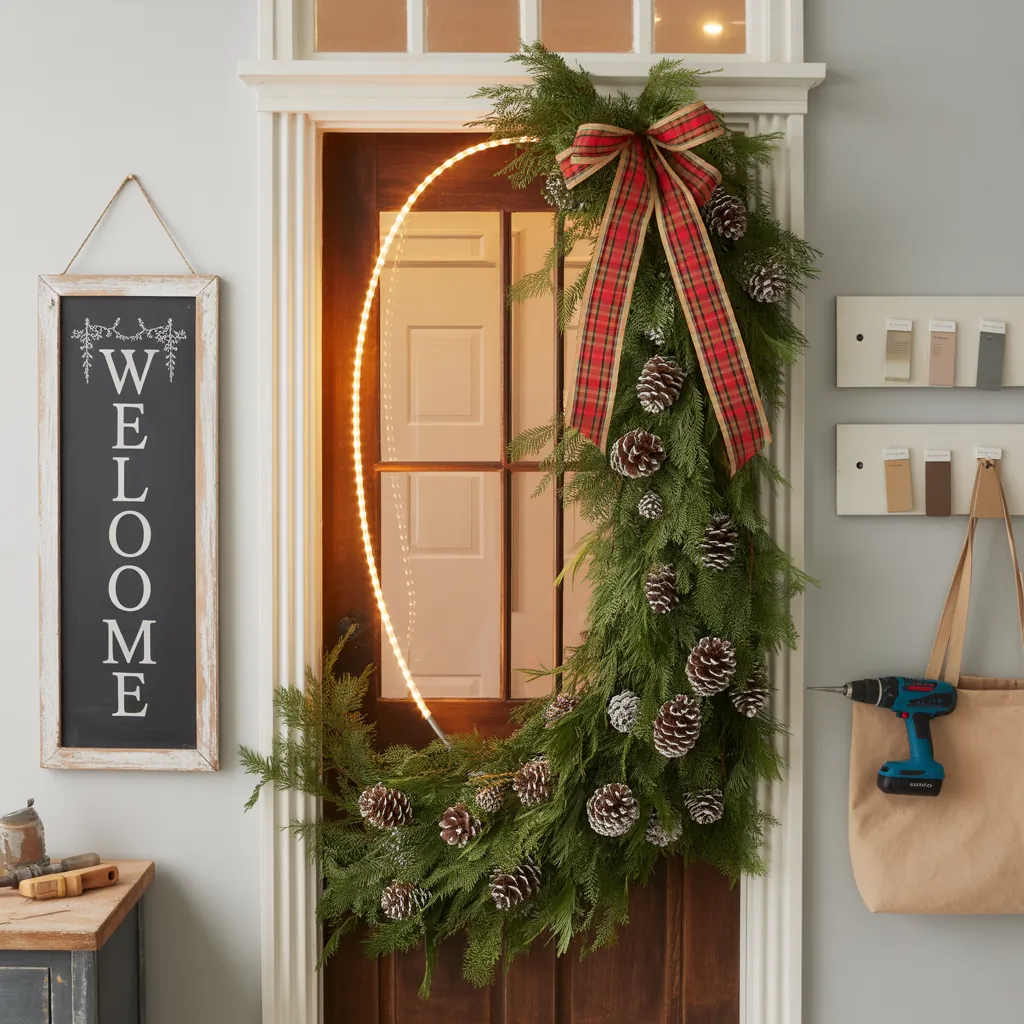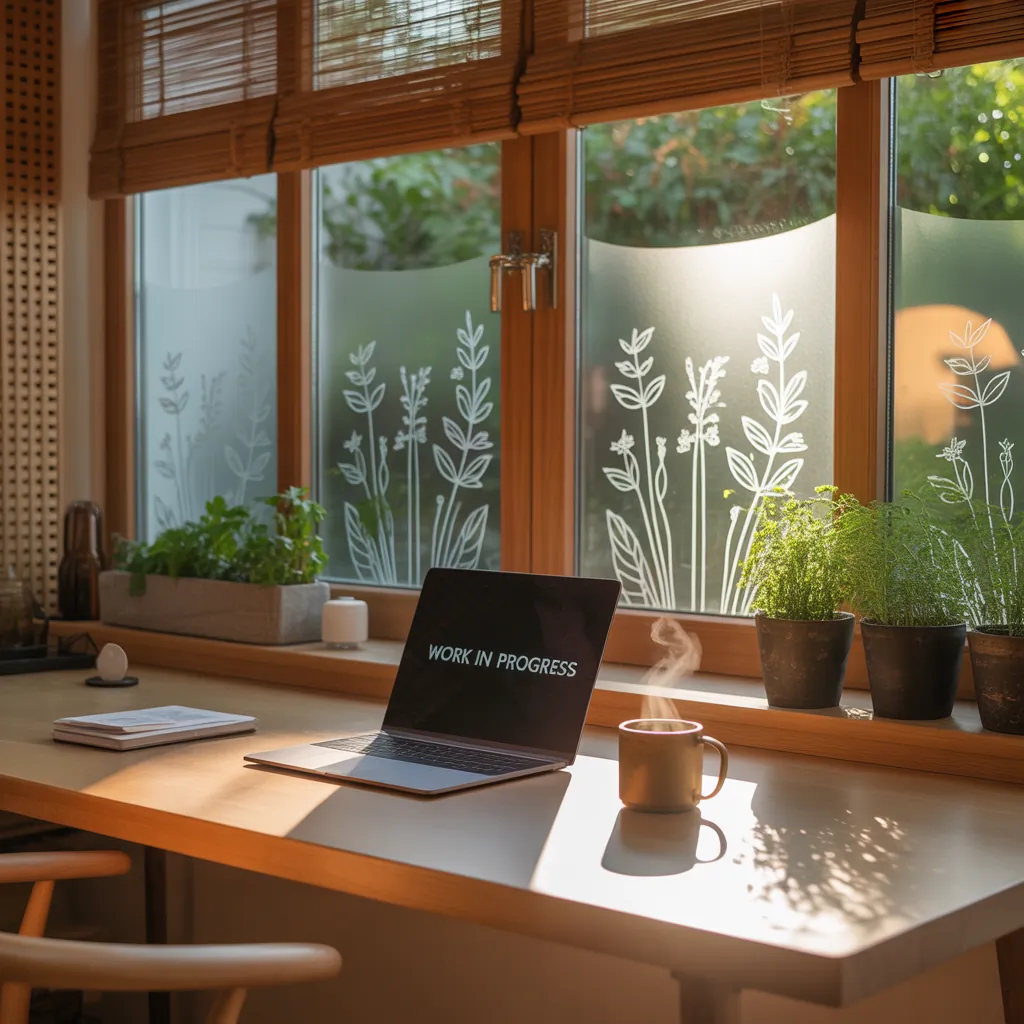Have you ever stood on your front porch squinting at a patchy lawn and wondering how to get dramatic curb appeal without endless mowing or a big budget? If your front yard feels dated, high-maintenance, or just plain boring, using river rock for front house landscaping can be a game-changer. It’s a stylish, low-maintenance way to refresh garden beds, create dry riverbeds, or frame walkways — and many projects are perfect for weekend DIYers.
Why Choose River Rock for Front House Landscaping?
River rock offers a natural, rounded look that softens hard edges and complements plants, boulders, and pavers. Compared to mulch, rock won’t blow away, decompose, or attract pests. It’s ideal for homeowners seeking drought-tolerant landscaping, rock garden features, or a modern, low-water front yard. Plus, river rock works well with xeriscaping, rock mulch, and stone edging to produce a clean, maintained appearance that lasts.
Benefits at a glance
- Low maintenance — no frequent replacement like wood mulch
- Excellent drainage — reduces puddles and erosion in sloped areas
- Durable and long-lasting — withstands freezes and heavy foot traffic
- Visually versatile — available in colors and sizes for varied design styles
Design Ideas: Ways to Use River Rock in the Front Yard
River rock can be used in many creative ways. Here are popular front yard ideas that are easy to execute:
- Dry river bed: Mimic a flowing creek to guide the eye through the yard and help with stormwater drainage.
- Rock borders and edging: Define planting beds and pathways with a neat stone edge.
- Rock mulch: Replace traditional mulch around trees and shrubs for a modern look.
- Accent boulders and stepping stones: Add focal points and a natural pathway.
- Mix with native plants: Combine river rock with drought-resistant grasses, succulents, and small shrubs for low-water landscaping.
Front House Landscaping River Rock: A Step-by-Step DIY Guide
Ready to install river rock in your front yard? Follow these practical steps for a professional-looking result.
Materials and tools you’ll need
- River rock (choose sizes: 1–3 inches for beds, 3–6 inches for dry beds)
- Landscape fabric / weed barrier
- Landscape edging (plastic, metal, or stone)
- Shovel, rake, and wheelbarrow
- Gloves and safety glasses
- Optional: boulders, stepping stones, potted plants
Installation steps
- Plan and measure: Sketch the area and calculate rock volume (cubic yards). Measure length × width × depth; depth usually 2–3 inches for top dressing, 4–6 inches for dry riverbeds.
- Prep the area: Remove grass and weeds. For a long-term solution, use a sod cutter or dig down 2–3 inches. Level the surface.
- Install edging: Secure a physical border to separate rock from lawn and keep it tidy.
- Lay landscape fabric: Cover the area with a permeable weed barrier to limit weed growth while allowing water to drain.
- Place larger stones and boulders: Anchor focal points first so the rock can be arranged around them.
- Spread river rock: Pour and rake the stones evenly. Use a plate compactor for very large projects to stabilize the surface.
- Add plants and finishing touches: Plant low-water shrubs or succulents, and add decorative features like lanterns or a bench.
Practical Tips and Real-World Advice
- Choose the right rock size: Small pebbles can compact and shift underfoot; medium river rock (1–3 inches) is versatile for beds and walkways. Large stones help define dry streambeds.
- Mind the slope: On slopes, use larger stones at the bottom to prevent washout and consider stepping stones or retaining features.
- Prevent weeds effectively: Landscape fabric plus a thicker rock layer reduces weeds. For persistent weeds, apply a non-toxic weed control method before laying fabric.
- Combine textures: Balance stone with plants, gravel, or decomposed granite to avoid a sterile look.
- Budget wisely: River rock costs vary by size and delivery distance. Renting a small truck or buying in bulk from a local landscape yard can save money.
Styling Inspiration and Color Palettes
River rock comes in greys, tans, browns, and mixed colors. Pair cool grey stones with blue-gray foliage like Russian sage and ornamental grasses for a contemporary palette. Warmer tan stones look great with Mediterranean plants such as lavender, rosemary, and sage. Use larger accent boulders to anchor the composition and add height with columnar evergreens or potted trees near the entry.
Maintenance: Keep Your River Rock Front Yard Looking Great
Maintaining a rock landscape is easier than a lawn but still requires some attention:
- Rake occasionally to redistribute stones and remove debris.
- Pull weeds as soon as they appear to prevent seeding.
- Add a top-up of fresh rock every few years in high-traffic zones.
- Check edging and fabric after heavy storms and adjust as needed.
Frequently Asked Questions
1. Will river rock get hot in the sun and harm plants?
River rock can absorb heat, but it usually doesn’t cause plant damage if paired with drought-tolerant or heat-resistant species. Use mulch around delicate roots or choose lighter-colored stones that reflect more heat.
2. Is river rock better than gravel or crushed stone?
River rock is round and visually softer; crushed stone compacts more and provides firmer footing. Choose river rock for decorative beds and dry streams, crushed stone or decomposed granite for stable pathways or patios.
3. How deep should river rock be for a front yard bed?
For general bed coverage, 2–3 inches is usually sufficient. For dry riverbeds or stability on slopes, 4–6 inches is better. Always lay landscape fabric first for weed control.
Conclusion — Ready to Rock Your Curb Appeal?
Front house landscaping river rock is an affordable, attractive way to improve curb appeal while cutting yardwork and water use. Whether you’re building a dry riverbed, outlining garden beds with rock mulch, or installing a stone pathway, these DIY ideas and practical tips will help you create a polished, low-maintenance front yard. Want more project ideas and step-by-step inspiration? Check out our pages on DIY projects, home design ideas, and even kitchen upgrades for more ways to upgrade your home. Ready to start? Grab your gloves, pick your stone, and make your front yard the neighborhood showpiece — then share your before-and-after!



